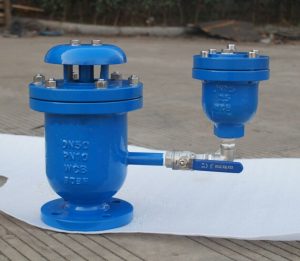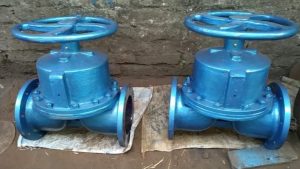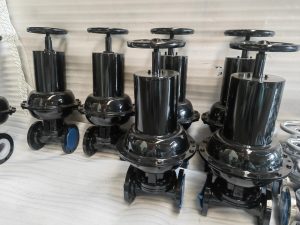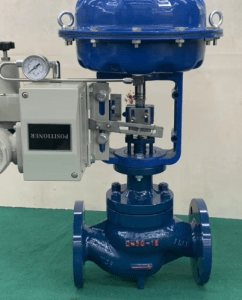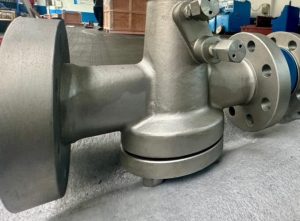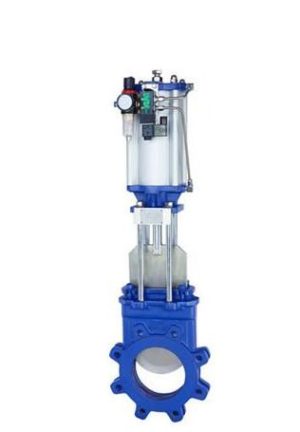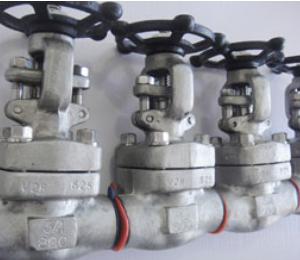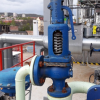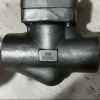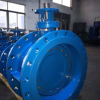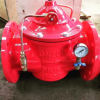We deliver to you every day from 7:00 to 23:00
We at Valvesonly Europe offer a wide range of high-quality industrial valves, which are specially designed to meet the various requirements of industries like manufacturing, water treatment, oil and gas, and chemical processing. Flow control valve is one of the most critical elements of fluid systems that controls the pressure and rate of flow of gases and liquids in a system. Your pipelines’ performance, life, and safety are guaranteed if you choose the best flow control valve. From this article, we will take you into the various flow control valves there are, what they are employed to do, what their most distinguishing differences are, and their advantages and applications.
Flow control valves: what is it?
Device that controls liquids or gases through a pipeline called a flow control valve.
These valves manage flow rate, pressure, and direction to assure smooth system running, thereby curtailing excessive buildup of pressure.
Industrial process plants, hydraulic and pneumatic systems, and water supply systems all frequently require flow control valves. Different types of flow control valves are utilized depending upon the application.
Types of Flow Control Valve:
1. Globe Valve
Working Mechanism:
A globe valve consists of a stationary ring seat within a spherical body and a travelling disc element. Adjustment of fluid flow is achieved by raising or lowering the disc, which either allows or prevents the flow of liquid or gas.
Uses:
- Water distribution systems
- Petrochemical and chemical industries
- Power plants
Benefits:
- Accurate flow control
- Effective shutting down capabilities
- Sufficient for high-pressure application-requiring applications
Limitations:
- Higher pressure drop compared to other valves
- Higher force to open
2. Gate Valve
Working Mechanism:
A gate valve initiates or terminates fluid flow by opening or closing a flat gate in an up-and-down motion. When completely open, it has very little flow resistance, making it ideal for applications requiring unrestricted flow.
Applications:
- Water supply systems
- Gas and oil pipelines
- Industrial processing
Advantages:
- When completely open, there is negligible pressure drop.
- It is suitable for use where high pressures and temperatures are involved.
- It has a strong capability to seal
Limitations:
- Inappropriate for flow controlling.
- Slower operation due to the upward movement.
3. Ball Valve
Working Mechanism:
A rotating round ball with an opening in the center that allows or prevents the flow of fluids constitutes a ball valve. Fluid passes through the opening while it is in the same line as the pipe; when 90 degrees away, the passage is blocked.
Uses:
- Gas and chemical applications
- Water treatment plants
- Heating, ventilation, and air-conditioning systems
Benefits:
- Easy and easy operation
- Good sealing properties
- Very little maintenance is required.
Limitations:
- In throttling uses, it is not ideal.
- Potential for seal deterioration
Working Mechanism:
Through the movement in relation to the pipe, a butterfly valve’s disc, which rotates about a central axis, controls flow.
Uses:
- Water and wastewater treatment
- Fire prevention systems
- Maritime industry applications
Advantages:
- Lightweight and transportable
- Less expensive than other valves
- Rapid operation
Limitations:
- Not appropriate for high-pressure applications
- Potential leaking if not sealed properly
5. Pressure Relief Valve
Working Mechanism:
As a way of preventing damage or failure, a pressure relief valve releases automatically excess pressure in a system.
Applications:
- Systems involving the use of gas and steam
- Circuits involving the use of hydraulics
- Safety systems
Advantages:
- Increases system safety and reliability
- Prevents system failure due to overpressure
- Automatic functioning system
Limitations:
- Requires periodic maintenance.
- Can be prone to dust and dirt.
Key Differences Between Flow Control Valves
1. Usability:
- Globe Valves for precise control of flow.
- Gate valves are fully open or fully closed to function.
- Ball valves ensure instant shutdown.
- Economical control of flow is provided by butterfly valves.
- Through the release of excess pressure, pressure relief valves ensure system security.
2. Ability to Process Pressure:
- For high-pressure uses, Gate and Globe Valves are used.
- Ball and butterfly valves perform excellently at reasonable pressure.
- Relief of Pressure specifically, valves regulate overpressure conditions.
3. Maintenance Needs:
- Ball valves require little maintenance.
- Due to Globe and Gate Valves containing moving components, they will need regular maintenance.
- Relief of Pressure for safety compliance, valves must be inspected regularly.
4. Applicability:
- Globe valves are used by both refineries and power plants.
- Gate valves utilize large pipelines.
- Ball valves utilize the chemical and gas industries.
- Water delivery makes use of butterfly valves.
- Relief of Pressure valves are crucial parts in hydraulic systems.
Choosing a Suitable Flow Control Valve
The following parameters decide what flow control valve will be most suitable:
- System temperature and pressure
- Flow rate requirements
- Type of fluid (gas, water, chemicals, etc.)
- Factors in operating frequency and maintenance
We at Valvesonly Europe offer a vast range of high-quality flow control valves that are long-lasting, effective, and work optimally in industrial environments.
In industrial and business systems, flow control valves play a very vital component which ensures efficient management of fluids, protection, as well as optimizes efficiency. Understanding how different flows of flow control valves distinguish one from the other helps industries find the ideal fit for what they need. At Valvesonly Europe, they have just what you are looking for when it comes to exact regulation, immediate shut-off, or even protecting you against emergencies. For professional advice and superior valve solutions, get in touch with us right now.
Recent Posts
- Check Valve vs Non-Return Valve – Are They the Same Thing?
- Understanding Butterfly Valve Types – Wafer, Lug, Double and Triple Offset
- Pressure Relief Valves vs Safety Valves – When and How to Use Them
- Plug Valves – Design, Types, and Typical Applications Explained
- Understanding Valve End Connections – Flanged, Threaded, Socket Weld and Butt Weld

